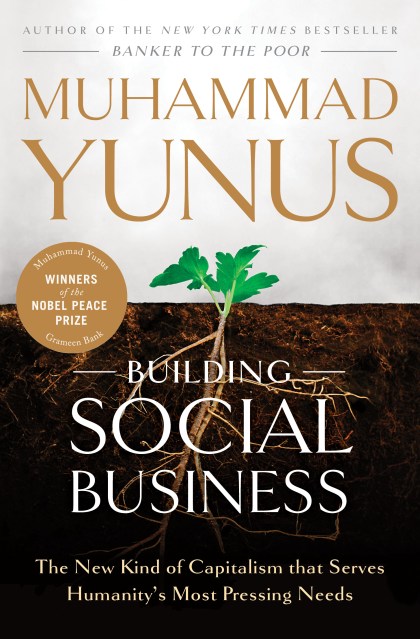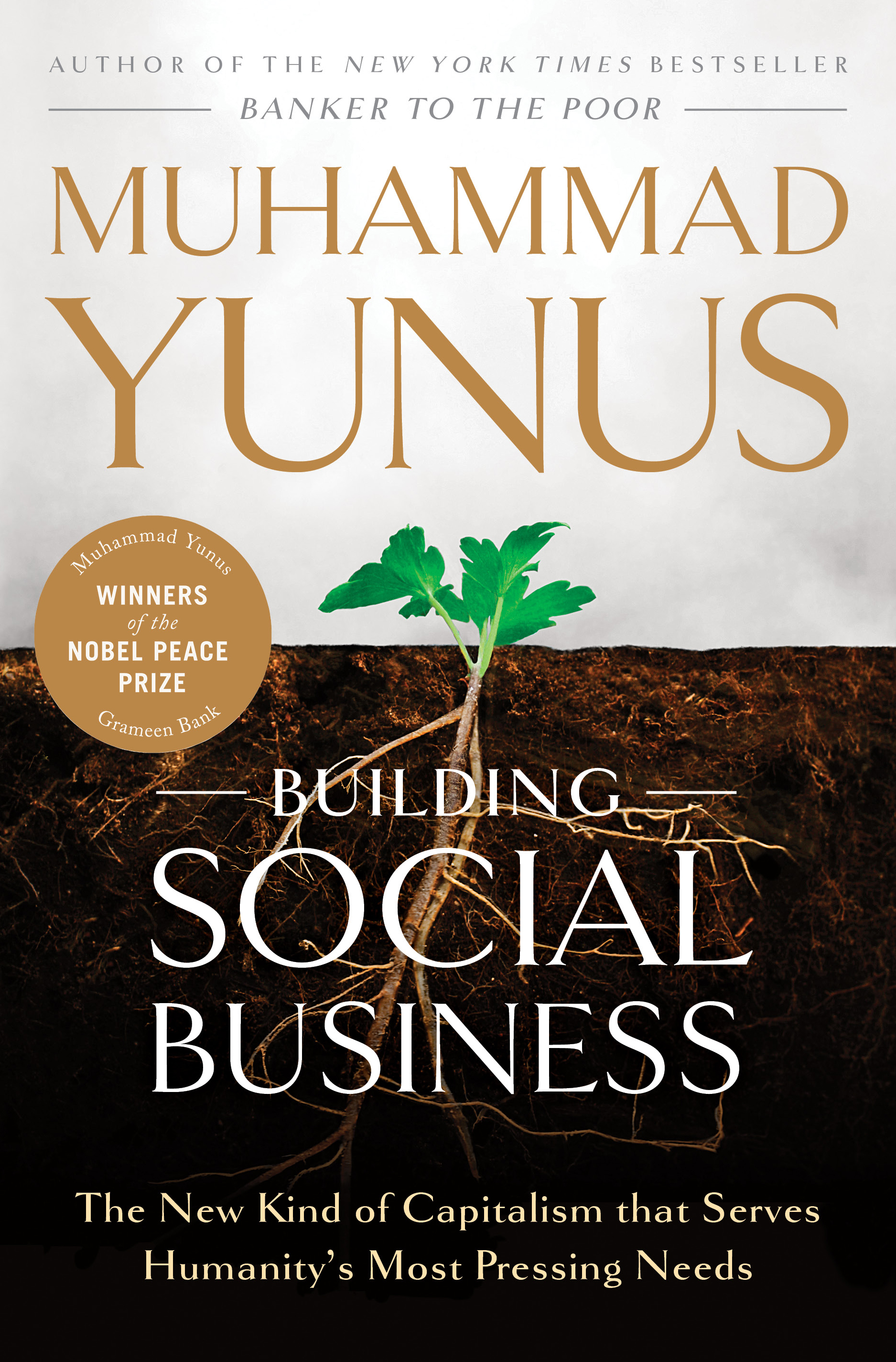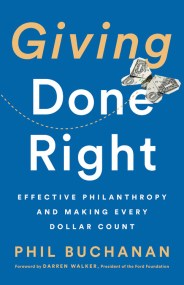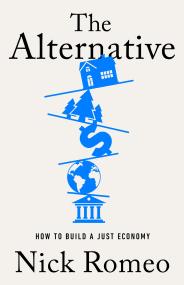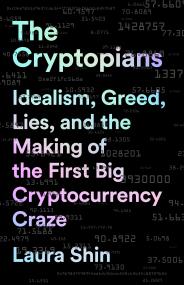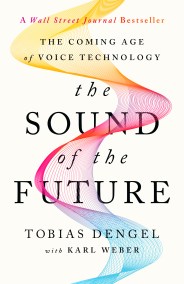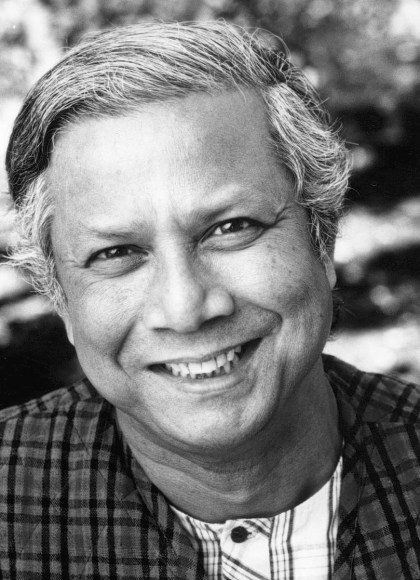Promotion
Use code MOM24 for 20% off site wide + free shipping over $45
Building Social Business
The New Kind of Capitalism That Serves Humanity's Most Pressing Needs
Contributors
Formats and Prices
Price
$9.99Price
$11.99 CADFormat
Format:
- ebook $9.99 $11.99 CAD
- Trade Paperback $17.99 $22.99 CAD
This item is a preorder. Your payment method will be charged immediately, and the product is expected to ship on or around May 11, 2010. This date is subject to change due to shipping delays beyond our control.
Also available from:
Genre:
-
"There are times when Professor Yunus' aims for Glasgow sound like something out of the Conservative's "Big Society" pitch. His latest book, Building Social Business, is 300 pages of Big Society pleading for people to go out there and create businesses which generate cash and contribute to the greater good at the same time."TheIndependent
-
"[A] reminder that capitalism can take kindlier forms: microfinance pioneer Yunus explains how he believes social enterprise can redeem what he regards as the failed promise of free markets."TheSpectator
-
"Giving poor people the resources to help themselves, Dr. Yunus has offered these individuals something more valuable than a plate of food, namely security in its basic form.... Dr. Yunus has invoked a new basis for capitalism whereby social business has the potential to change the failed promise of free market enterprise."SacramentoBook Review
-
" 'Social business is about joy,' says Yunus. Indeed, and the book itself is joy to read. In modest prose, Yunus tells of undertakings that instill hope. He also gives a lot of ideas, along with nuts-and-bolts practical advice for people who are ready to take the plunge into the world of social business. In the years to come, it seems certain that social business will become an integral part of our economic structure and will positively change the lives of many people."MalaysiaStar
-
"In nine short, well-written chapters, Yunus provides genuine insight into global poverty and a unique perspective on the ways in which social businesses can coexist with traditional businesses to alleviate poverty and improve the lives of the world's citizens."CHOICE
- On Sale
- May 11, 2010
- Page Count
- 256 pages
- Publisher
- PublicAffairs
- ISBN-13
- 9781586488635
Newsletter Signup
By clicking ‘Sign Up,’ I acknowledge that I have read and agree to Hachette Book Group’s Privacy Policy and Terms of Use
